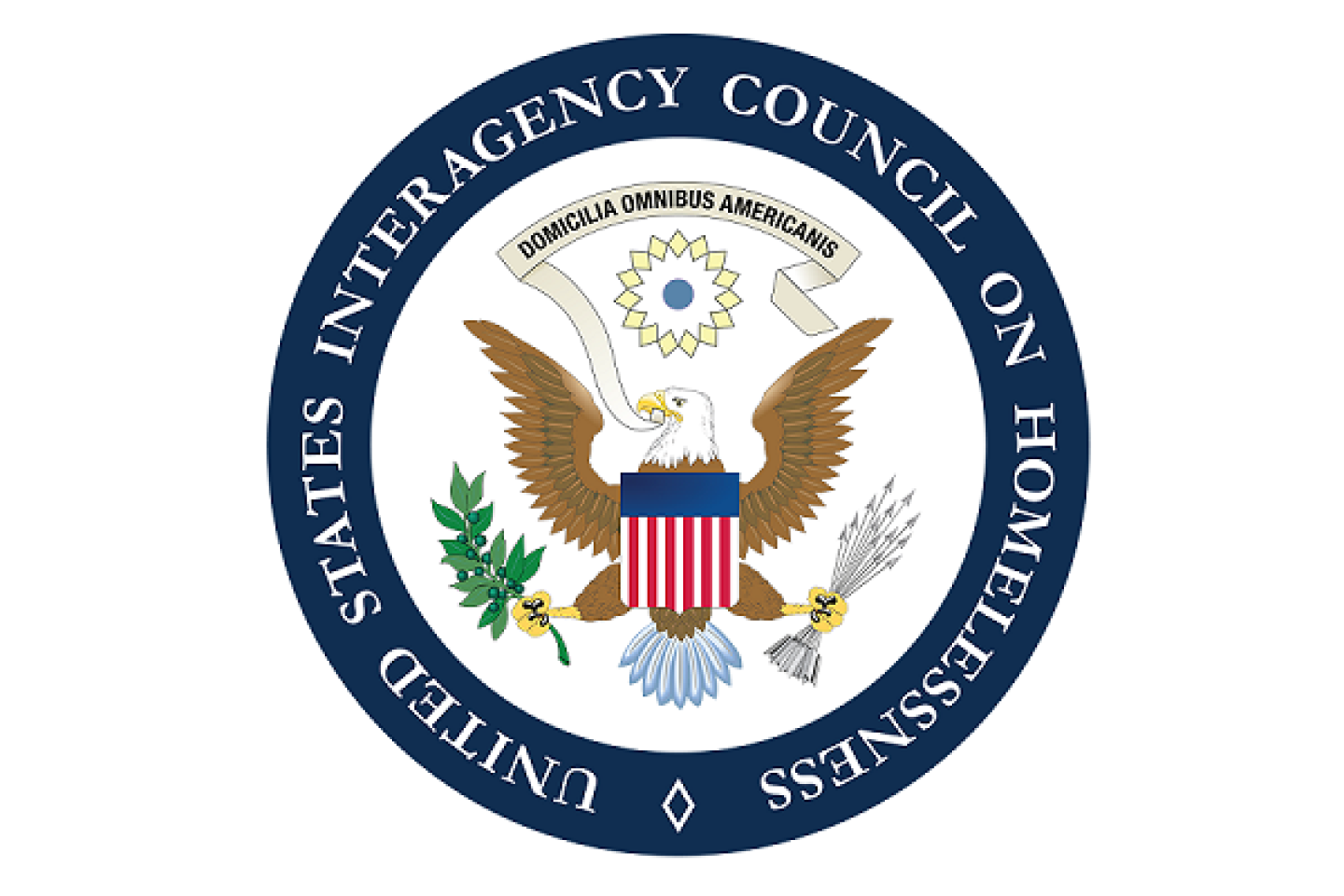Year In Review: How USICH and the Biden Administration Addressed Homelessness in 2021
Over the last year, it has been my honor to serve as the interim executive director of the U.S. Interagency Council on Homelessness (USICH). We’re the only federal agency whose sole mission is focused on preventing and ending homelessness.
I served as the deputy director from 2010 and 2012 before becoming the senior advisor and director of community engagement for the Department of Veterans Affairs Homeless Programs Office, where I focus on ending homelessness among Veterans. In the time between my departure and return to USICH, the world—and our work—changed.
The COVID-19 pandemic presented unprecedented threats to the lives of people experiencing homelessness, slowed rehousing, and caused an economic crisis that put millions at risk of becoming homeless. The racial justice movement awakened the federal government’s commitment to change systems that have historically fostered racism and contributed to the disproportionately high rates of homelessness among Black, Indigenous, and People of Color (BIPOC). In 2016, homelessness started rising, after years of decline, and it’s been on the rise ever since. Additionally, many of our state and local partners lost confidence in USICH.
As a result, much like the state and local leaders we work with, USICH spent last year in crisis response mode. Our mission was to rebuild relationships with federal, state, and local stakeholders, and to regain the trust of communities—which I hope and believe we did—so we could help them maximize their use of federal resources to mitigate the impact of COVID-19, to rehouse people, to decriminalize and prevent homelessness—and to do it all equitably with a Housing First approach.
In partnership with the Department of Housing and Urban Development (HUD), we launched House America, a federal initiative that helps mayors, county officials, governors, and tribal leaders use the American Rescue Plan to rehouse at least 100,000 people experiencing homelessness and expand the supply of affordable housing by at least 20,000 units. Now, we’re on our way to meeting House America ’s goals. More than 60 cities, counties, and tribal nations have joined House America , and dozens more are in the process.
In March, President Biden signed the American Rescue Plan, a once-in-a-generation opportunity to significantly reduce homelessness in some communities and end it in others. USICH created a guide to the billions of dollars and more than 30 programs in the American Rescue Plan that can address homelessness.
We believe that ending and preventing homelessness will require an all-hands-on-deck effort. In 2021, departments across the Biden administration—including the 19 agencies that make up USICH—used the American Rescue Plan and other resources to address the homelessness crisis in our country. Here are some of the highlights:
- USICH issued joint guidance—with CDC, HHS, HUD, and VA—to help communities protect people experiencing homelessness from coronavirus variants, including Delta and Omicron.
- FEMA covered 100% of certain local COVID response and recovery costs—and extended that financial aid to this April.
- The Treasury Department helped keep evictions below pre-pandemic levels by distributing more than 3 million emergency rental assistance payments.
- HUD changed the rules for landlords to give renters more eviction notice and more information about emergency rental assistance.
- USICH, the White House Domestic Policy Council, and HHS launched the first-ever Interagency Working Group on Homelessness Prevention.
- USICH convened two council meetings with Biden Cabinet leaders, 10 Racial Equity Action meetings, and hundreds of meetings with local, tribal, state, and national leaders around the country.
- HHS and HUD launched a Housing and Services Resource Center to improve access to affordable housing and critical services.
- The Education Department distributed funding to all 50 states and many school districts that may not have previously had access to federal resources for students experiencing homelessness.
- HUD allowed tribes, for the first time, to apply for Continuum of Care Program funding.
- VA, USICH, and HUD developed strategies to end Veteran homelessness.
- USICH requested public feedback on the Federal Strategic Plan to Prevent and End Homelessness, which will be released later this year. We received more than 1,500 comments online and hosted a record number of listening sessions—close to 100—with people representing nearly every state and groups representing a wide range of perspectives. At least 500 of the people we heard from have experienced homelessness.
- USICH prioritized voting rights for people without a home and created voting guides for service providers and voters.
This list of work is just the tip of the iceberg. We know there’s so much more to be done and so many more who need help. We know that service providers and community leaders are exhausted two years into a pandemic. We know that money alone doesn’t solve problems.
That’s why USICH exists. We’re here to help you overcome challenges, together, so you can use these historic resources efficiently, effectively, and equitably. Our work won’t stop until every person in America has a safe and affordable place to call home.



